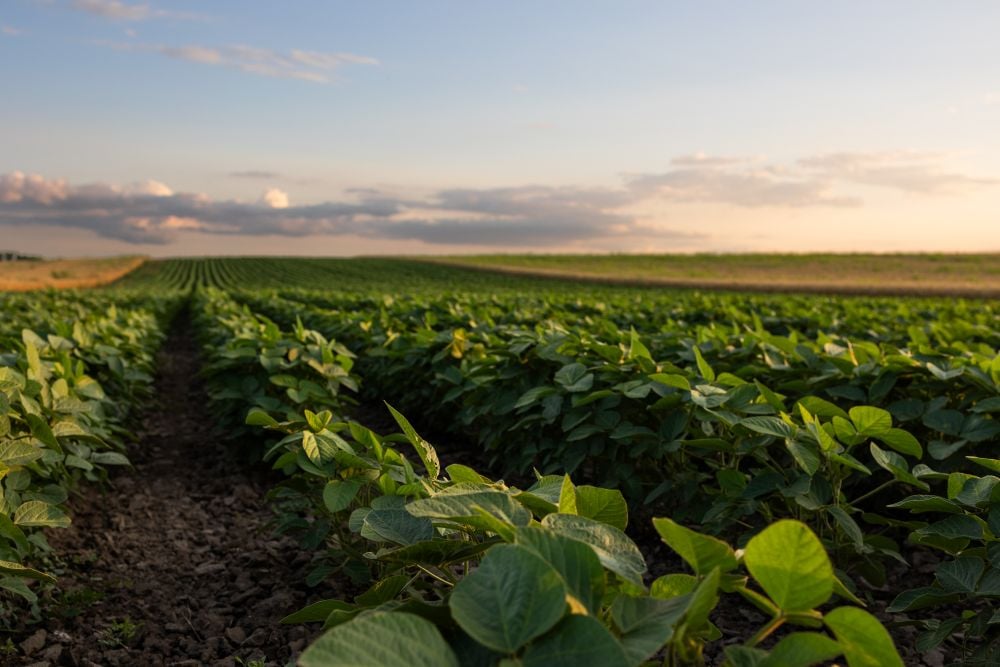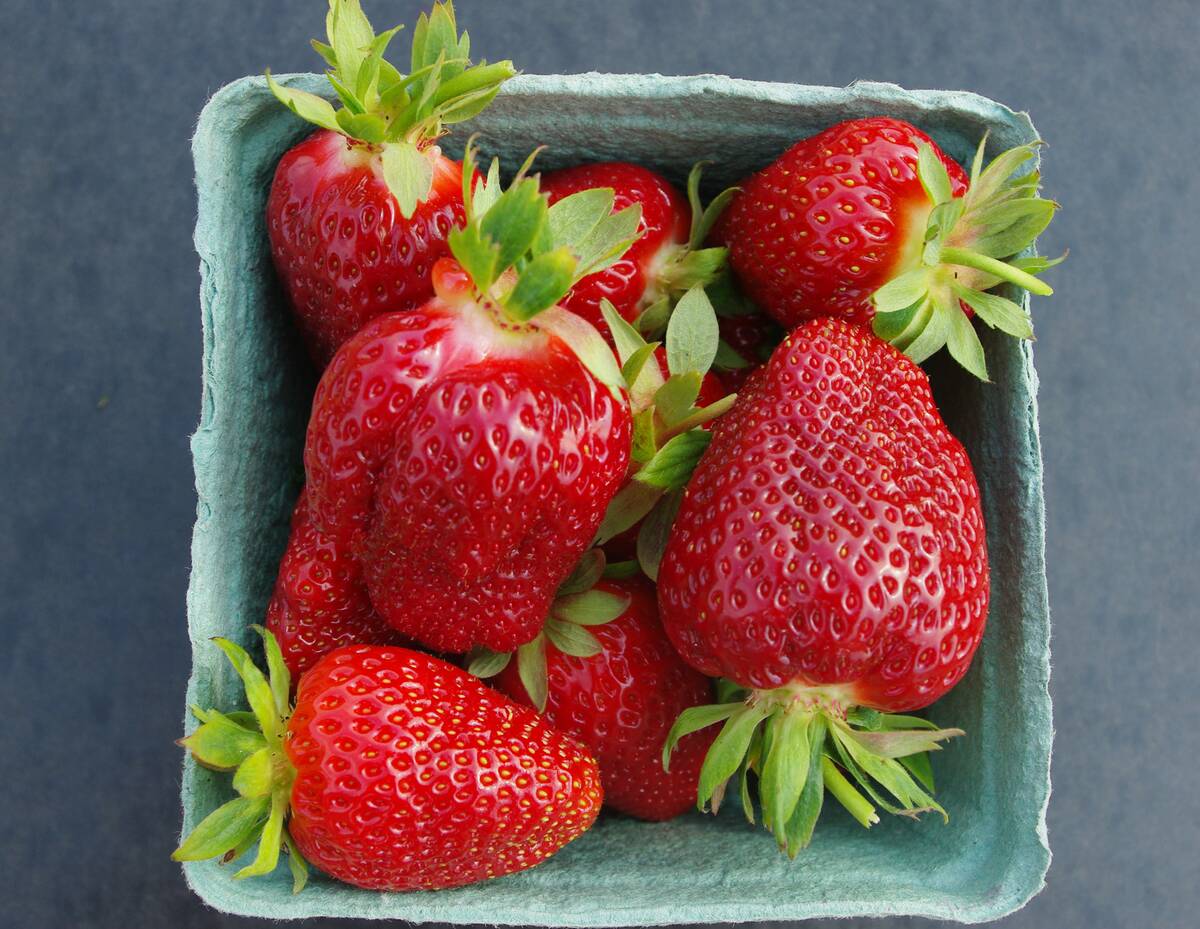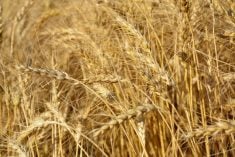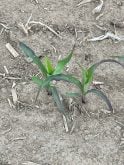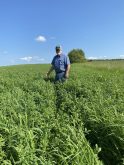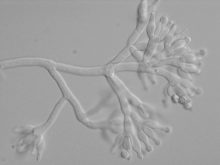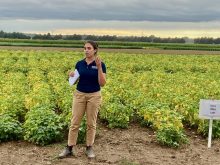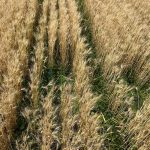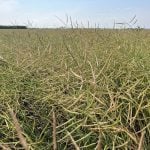Berry growers in eastern Canada operate a diversity of production systems, and contend with unique production challenges. Scientists at Agriculture and Agri-Food Canada’s (AAFC) Kentville, N.S. research station are developing new berry varieties for those systems and challenges, as well as consumer preferences.
Beatrice Amyotte, small fruit germplasm development scientist at the research station, is currently involved in a project analyzing 288 strawberry varieties for key agronomic and flavour traits. With past incorporation of genetics from the United States Department of Agriculture’s strawberry gene bank in Oregon, Amyotte and her colleagues first assessed a range of physiological characteristics such as chlorophyl content and flowering timing.
Read Also

The forced Japanese-Canadian farmers of the Second World War
Manitoba’s sugar beet farms drew on displaced Japanese-Canadians from B.C. during the Second World War
Those plants which performed well, according to the research team’s desired criteria, were then analyzed for consumer-focused characteristics like berry size and concentration of aroma compounds.
A number of “star characteristics” have been identified thus far. This includes one variety which consistently produces fruit averaging 32 grams in size — roughly double that of most strawberries — and another sporting darker coloured fruits high in specific antioxidant compounds.
Of particular interest are varieties featuring what researchers from the University of Florida call the aroma compounds of “an ideal strawberry” that is, a combination of aroma compounds that Amyotte says “trick your brain” into perceiving a berry is sweeter, despite it not containing higher levels of sugar.
“We also found some varieties that ripen very quickly. That could be beneficial for the farmer because you’re not spending that time caring for the plant,” she says.
Supporting future breeding efforts
Genetic data is also being collected. The intent is to link genome information to specific traits for use in future breeding programs. This will be particularly helpful as climactic changes such as greater variation in moisture levels, weather severity and heat stress, as well as pest and disease pressures, continue to evolve.
Regarding the latter, Amyotte highlights the fungal blight Neopestalotiopsis as particularly concerning for strawberry growers in eastern Canada. The disease can cause leaf blight as well as root and crown rot, and was first identified in Ontario in 2021. It has continued to spread and increase in severity since, with growers having limited chemical control options.
Variety susceptibility varies, however, presenting opportunities for increased resilience with more resistant varieties.
“We are working hard and quickly to breed something with at least some tolerance,” says Amyotte. To date, some success has been found.
“AC Valley Sunset is a variety from the AAFC Kentville breeding program that appears to have some resistance to this disease. We have used Valley Sunset extensively in breeding and are now looking to see if some of our newer varieties, like AAC Evelyn, have inherited some of that resistance.”
Amyotte also reiterates the need for varieties suitable to the different strawberry production styles and growing conditions common to different regions in Eastern Canada. In the past, for example, University of Guelph Ridgetown researcher John Zandstra focused on developing day-neutral cultivars, that are common to California, for field strawberry growers.
For her part, Amyotte, her colleagues, and other researchers in the strawberry field are currently working on varieties suitable for the high temperatures and greenhouse production systems common to southwestern Ontario.
“You can’t do everything for everyone,” Amyotte says, later adding she and her colleagues still “try to make progress on a few targets at a time.”

